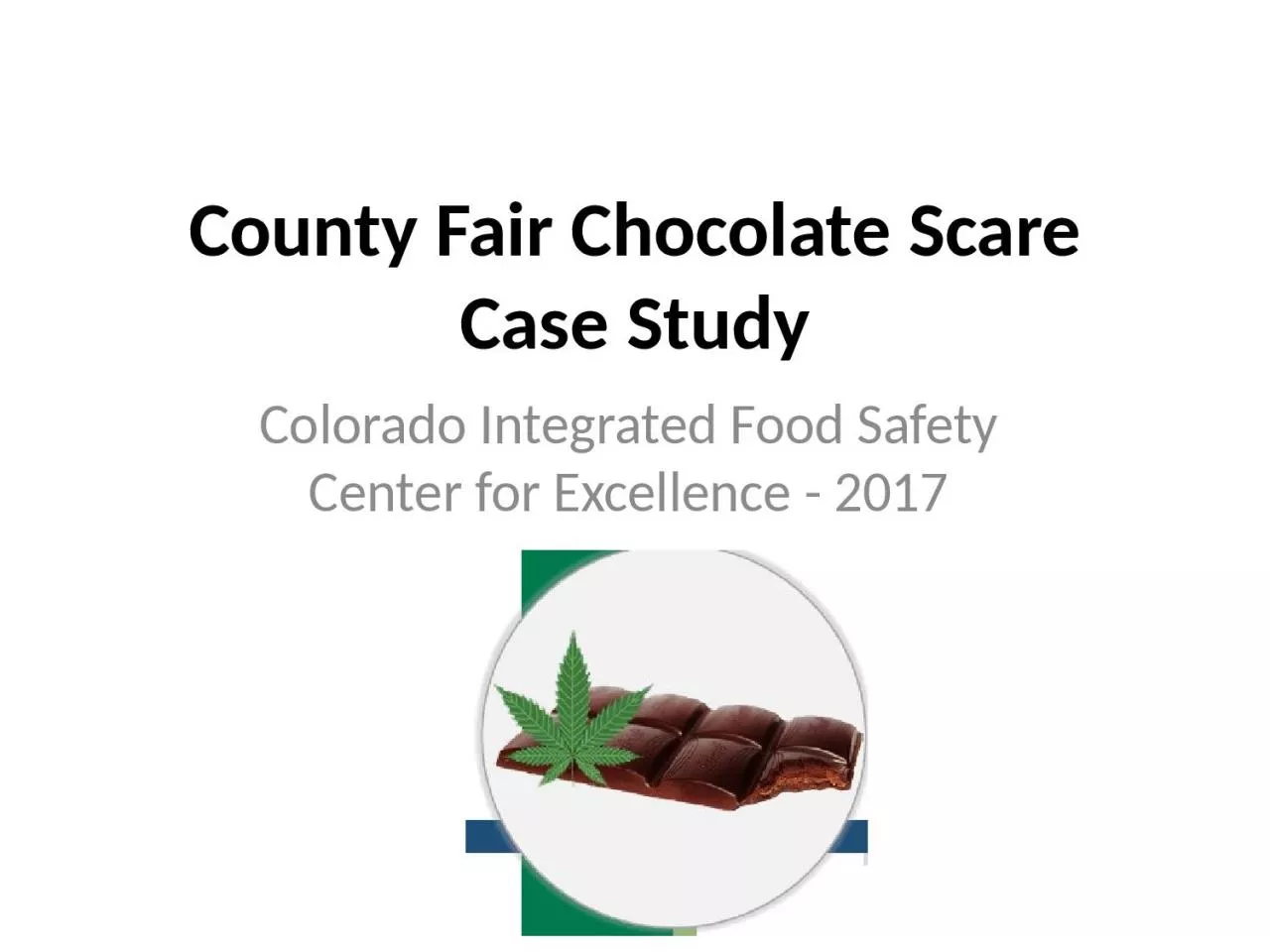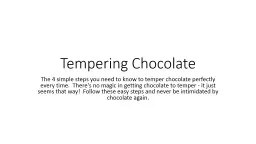PPT-County Fair Chocolate Scare Case Study
Author : rodriguez | Published Date : 2024-01-29
Colorado Integrated Food Safety Center for Excellence 2017 County Fair Chocolate Scare Case Denver Colorado Summary the case study is based on a foodborne illness
Presentation Embed Code
Download Presentation
Download Presentation The PPT/PDF document "County Fair Chocolate Scare Case Study" is the property of its rightful owner. Permission is granted to download and print the materials on this website for personal, non-commercial use only, and to display it on your personal computer provided you do not modify the materials and that you retain all copyright notices contained in the materials. By downloading content from our website, you accept the terms of this agreement.
County Fair Chocolate Scare Case Study: Transcript
Download Rules Of Document
"County Fair Chocolate Scare Case Study"The content belongs to its owner. You may download and print it for personal use, without modification, and keep all copyright notices. By downloading, you agree to these terms.
Related Documents













